ALL ABOUT DNA - NO COLLEGE DEGREE NECESSARY
What Does DNA Stand For, & How Does It Work?
DNA, or Deoxyribonucleic Acid, is the fundamental building block of life, acting as the blueprint for all living organisms. This complex molecule contains the instructions needed for an organism to develop, survive, and reproduce. Let's break down this fascinating topic into bite-sized pieces for easy understanding.
What does DNA stand for?
DNA stands for Deoxyribonucleic Acid. It's a type of nucleic acid, one of the four major macromolecules essential for all forms of life.
What is DNA made of?
DNA is composed of two long strands forming a double helix, resembling a twisted ladder. Each strand is made of four types of nucleotide bases: adenine (A), thymine (T), cytosine (C), and guanine (G). These bases pair up (A with T, and C with G) to form the "rungs" of the ladder. The sequence of these bases encodes genetic information.
What is the Function of DNA?
The main function of DNA is to store and transmit genetic information that dictates the characteristics of living organisms. This information determines everything from the color of your eyes to your susceptibility to certain diseases. When cells divide, DNA is replicated, ensuring that each new cell has a complete set of instructions.
How do we study the Molecular Structure of DNA?
The structure of DNA was discovered in 1953 by James Watson and Francis Crick, marking a monumental breakthrough in the field of genetics. Today, we study DNA through various techniques, including DNA sequencing, which reads the sequences of the bases, and molecular cloning, which allows researchers to find and amplify specific sequences of DNA for study.
Why is DNA Frequently Mentioned on Shows like CSI?
DNA is a powerful tool in forensic science, often featured in crime shows like CSI. Due to its unique nature—no two individuals have the exact same DNA, except for identical twins—it can be used to identify suspects or victims in criminal investigations. DNA analysis can match evidence found at a crime scene with a suspect or connect a person to a particular location, object, or even another individual.
The CSI Effect: Does It Really Exist?
In Conclusion, DNA is the cornerstone of Genetic information, encoding the instructions for living organisms. Its discovery and the methods developed to study it have revolutionized biology, medicine, and forensic science, making it a topic of fascination not only in the scientific community but also in popular culture. Understanding DNA and its functions helps demystify the complexity of life and underscores the interconnectedness of all living beings.






